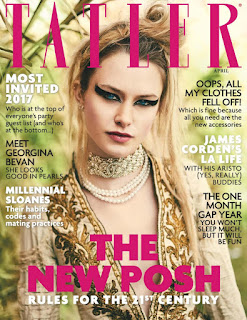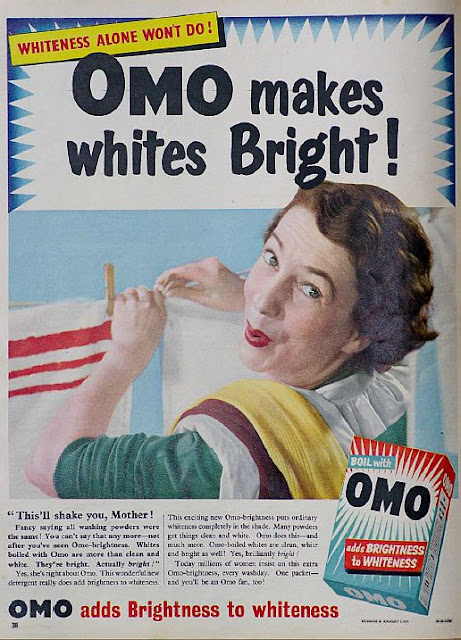Reveal: case study blog task

Media language 1) How many of the 12 magazine cover key conventions feature on this edition of Reveal? List them with specific reference to the convention on the CSP edition of Reveal. Cover lines: such as 'STUFF THE DIET' which tries to give the reader more information abut the image. Colour scheme: such as white which could connote that it pure and clean and yellow which could connote that it stands out and black to connote that the important information (price) is more bolder than the rest of the information. Language: such as the tag lines around the Reveal magazine. For example 'BLOOMING BABY BUMPS' which could connote that the language used for that tag line would be targeting women's. egtu 2) What is the font choice used on the cover and what does this choice connote? Here's a blog to help you with this as we haven't been able to complete the Photoshop typography lesson yet due to Covid-19. The font choice used on the Reveal magazine is s...


